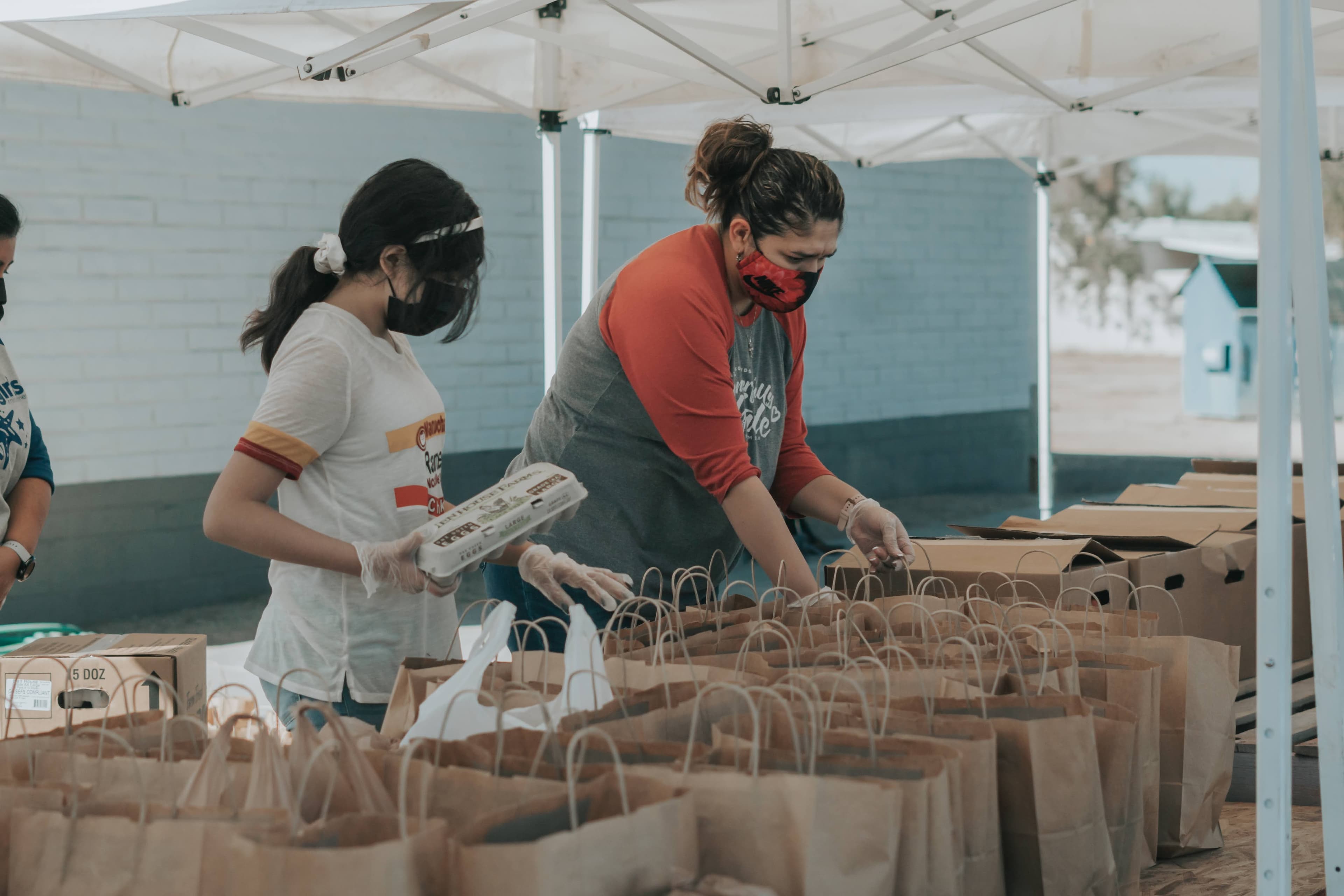Abstract
Given the United States’ failure to uphold the Right to Food, people experiencing food insecurity rely on a patchwork of public and private social services. Public and private programs administer billions of dollars of food assistance through the Supplemental Nutrition Assistance Program (SNAP), The Emergency Food Assistance Program (TEFAP), food banks, and food pantries. Still, 1 in 8 U.S. households experienced food insecurity in 2022, raising concerns about the effectiveness of U.S. social safety net supports. I draw on 62 in-depth interviews with food bank leaders across the U.S. and content analysis of food bank websites and news articles. I explore how food banks’ mimicry of federal programs leads to overlapping holes in the public and private social safety nets. When I interviewed food bank leaders about eligibility requirements for their programs, many leaders implemented requirements for the TEFAP program throughout their programming, including privately funded programs. Through unreflexively copying federal requirements, food bank leaders created a private social safety net that leads the same people to fall through the holes of the public social safety net by implementing the same income criteria and documentation requirements. TEFAP eligibility requirements are determined at the state level, leading to further inequities in program access. I explore mimetic isomorphism in food bank leaders’ decision-making practices alongside the implications of these decisions for people’s access to food assistance, particularly in addressing inequities in food insecurity experiences.
